While the story might not appeal to modern sensibilities, the legend that Leda, the beautiful queen of Sparta, was seduced – or raped, depending on how you see it – by the king of the gods disguised as a swan was apparently a titillating subject for Ancient Romans.
In an astonishingly well preserved fresco revealed to the public this week, the moment is depicted as a non-violent encounter: Leda reclines languidly, gazing directly at the viewer, as the swan perches between her parted legs.
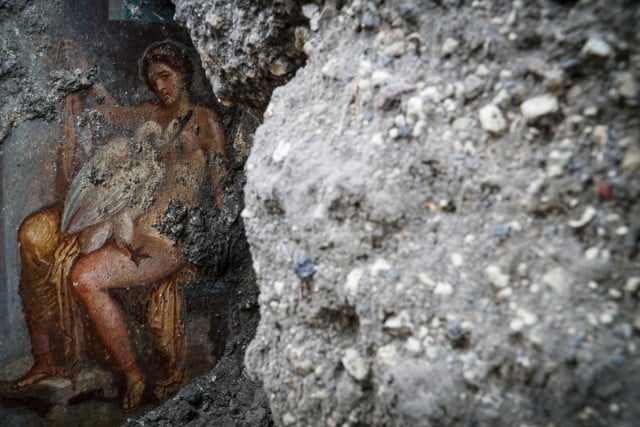
The fresco was hidden under volcanic deposits. Photo: Parco Archeologico di Pompei
The coupling, which would result in the birth of Helen of Troy and thus the Trojan War and all its consequences (including, many centuries later, the founding of Rome by Trojan refugees), has inspired artists and poets throughout the ages. Michelangelo's strikingly sensual version, now lost but surviving in copies, is said to have drawn on Roman depictions similar to the one just discovered.
The mural was brought to light in a house along the Via del Vesuvio in the Regio V section of Pompeii, an area that has yielded some of the doomed city's most exciting new discoveries in decades since archaeologists began excavating it earlier this year.
One recent find, uncovered in the same house as the Leda fresco, showed the ancient fertility god Priapus weighing his oversized penis on a scale.
READ ALSO: Did the men of Pompeii have a penis problem?

The Priapus painting. Photo: Parco Archeologico di Pompei
Unlike the better preserved Leda fresco, however, the Priapus painting was placed in an entrance corridor, suggesting that it was intended as a public symbol of good fortune – Romans considered the phallus a kind of charm against the evil eye – rather than for personal enjoyment.
In contrast the depiction of Leda was painted on the wall of a cubiculum, a bedroom or private salon, indicating a more intimate purpose.
Pompeii's researchers are considering removing both frescoes and placing them in a museum where they can be better protected, the site's director Massimo Osanna told Ansa news agency.
It's not the first time erotica has been discovered among the ruins of Pompeii: the city's hoard of explicit statues, penis charms and graphic paintings of sex was famously considered so shocking by polite 19th-century society that it was for decades locked away in a “Secret Cabinet” of the Naples archaeological museum.
As well as livening up private bedrooms, sex scenes also adorned the walls of brothels, where they were designed either to arouse clients or possibly to give them some instructions. The pictures were often accompanied by explicit graffiti advertising prostitutes' services and sometimes listing their price, serving as a kind of 'menu'.
READ ALSO: The grim reality of the brothels of Pompeii
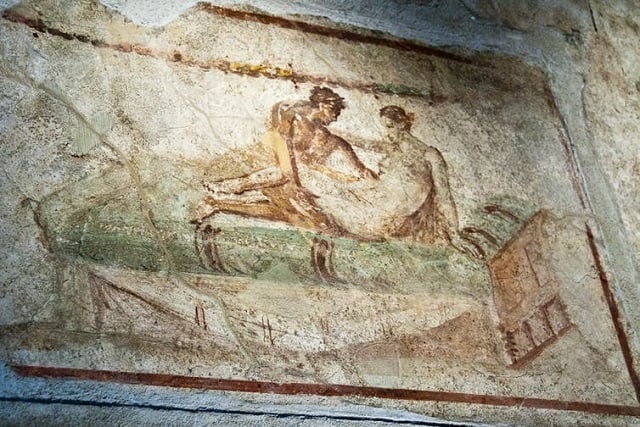
Mural from a Pompeii brothel. Photo: David Blaikie/Flickr



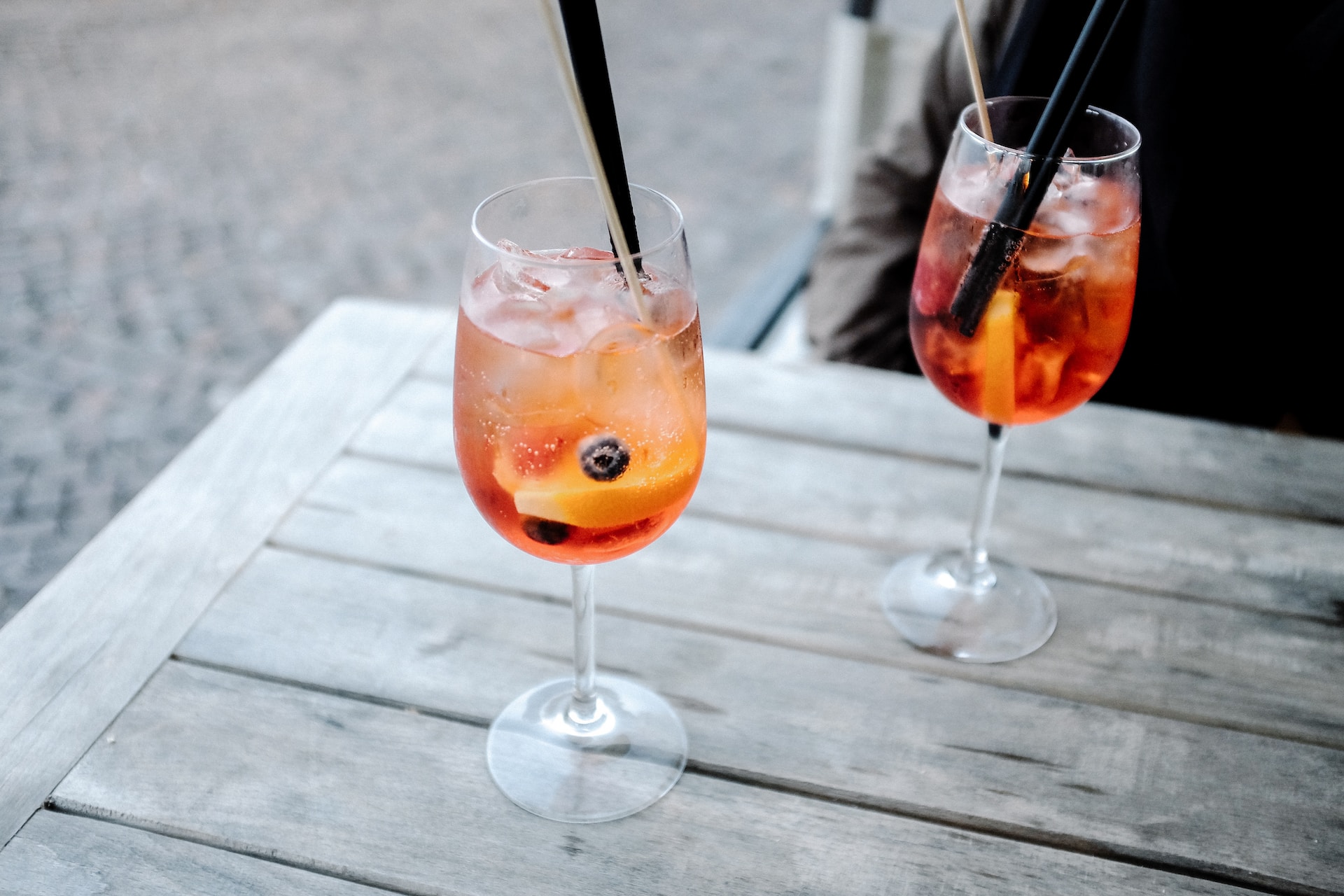
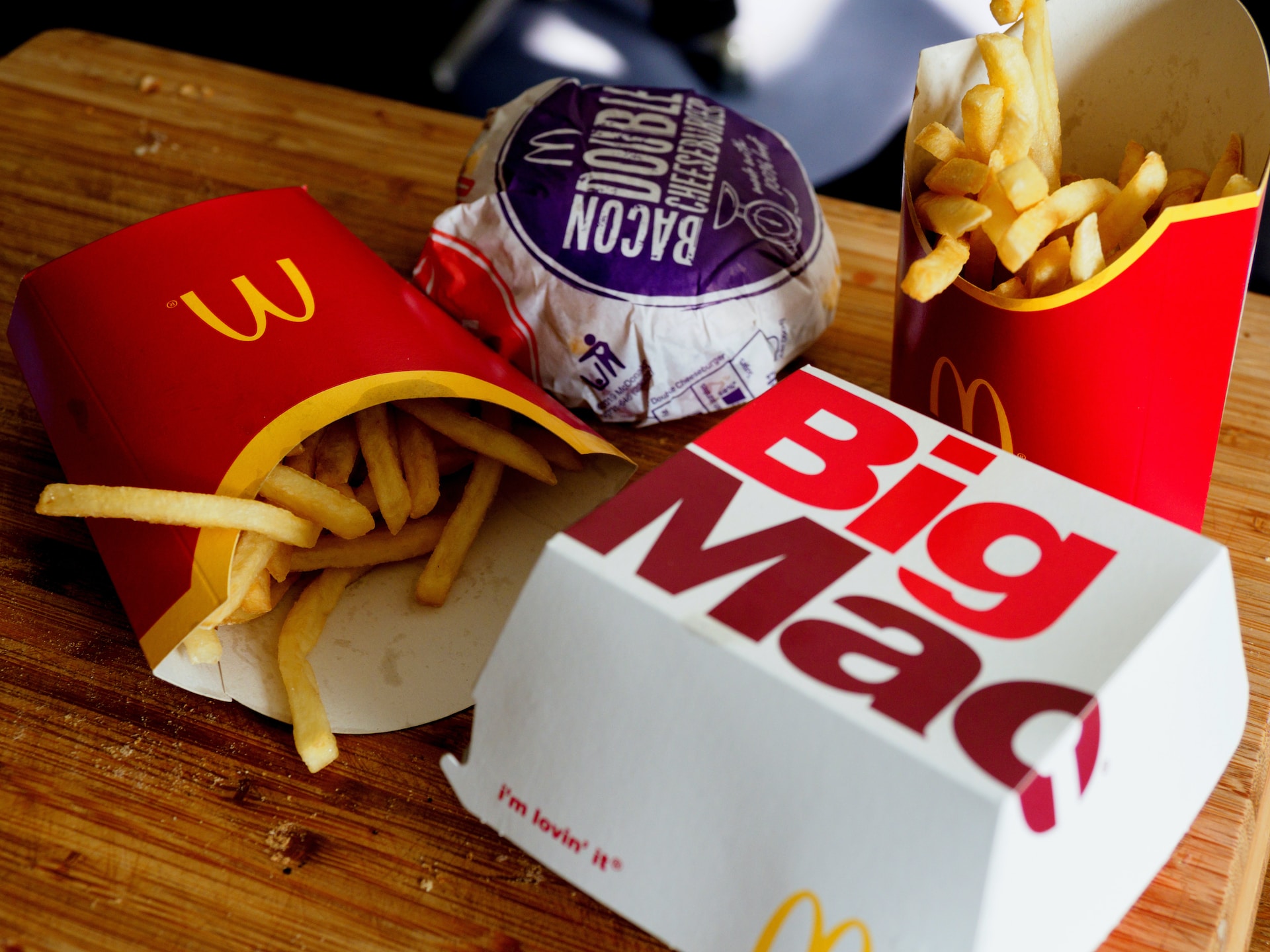
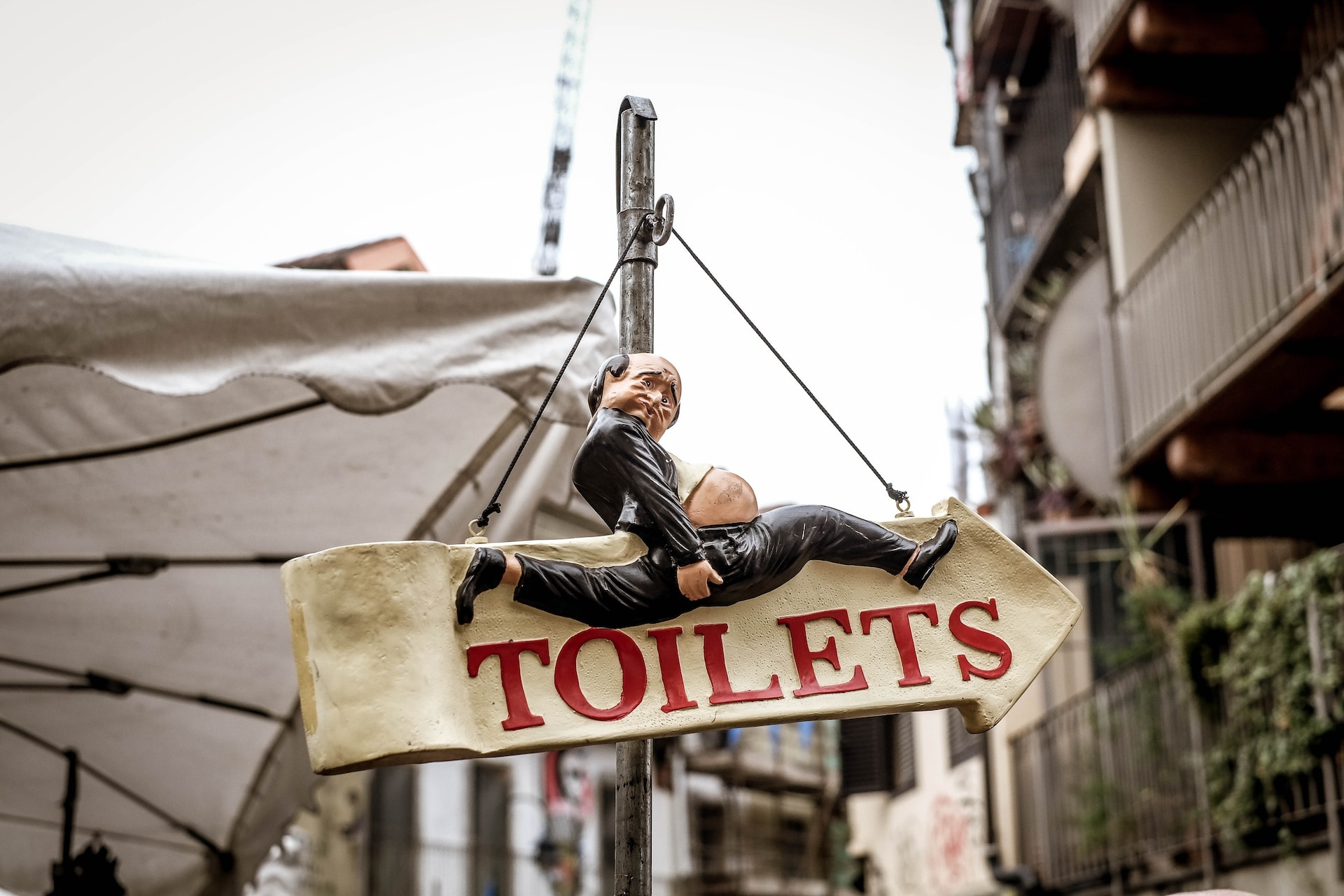
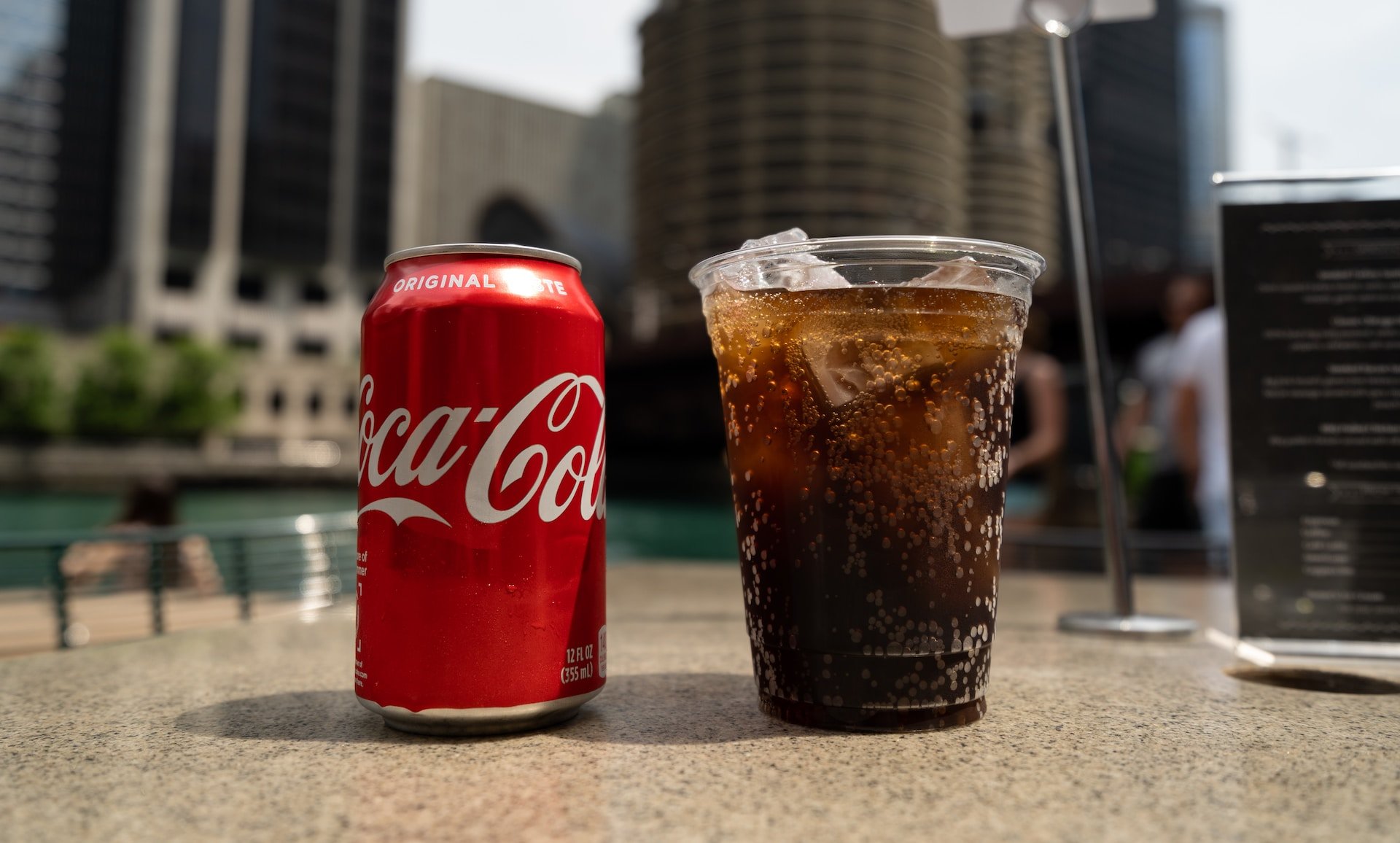
 Please whitelist us to continue reading.
Please whitelist us to continue reading.